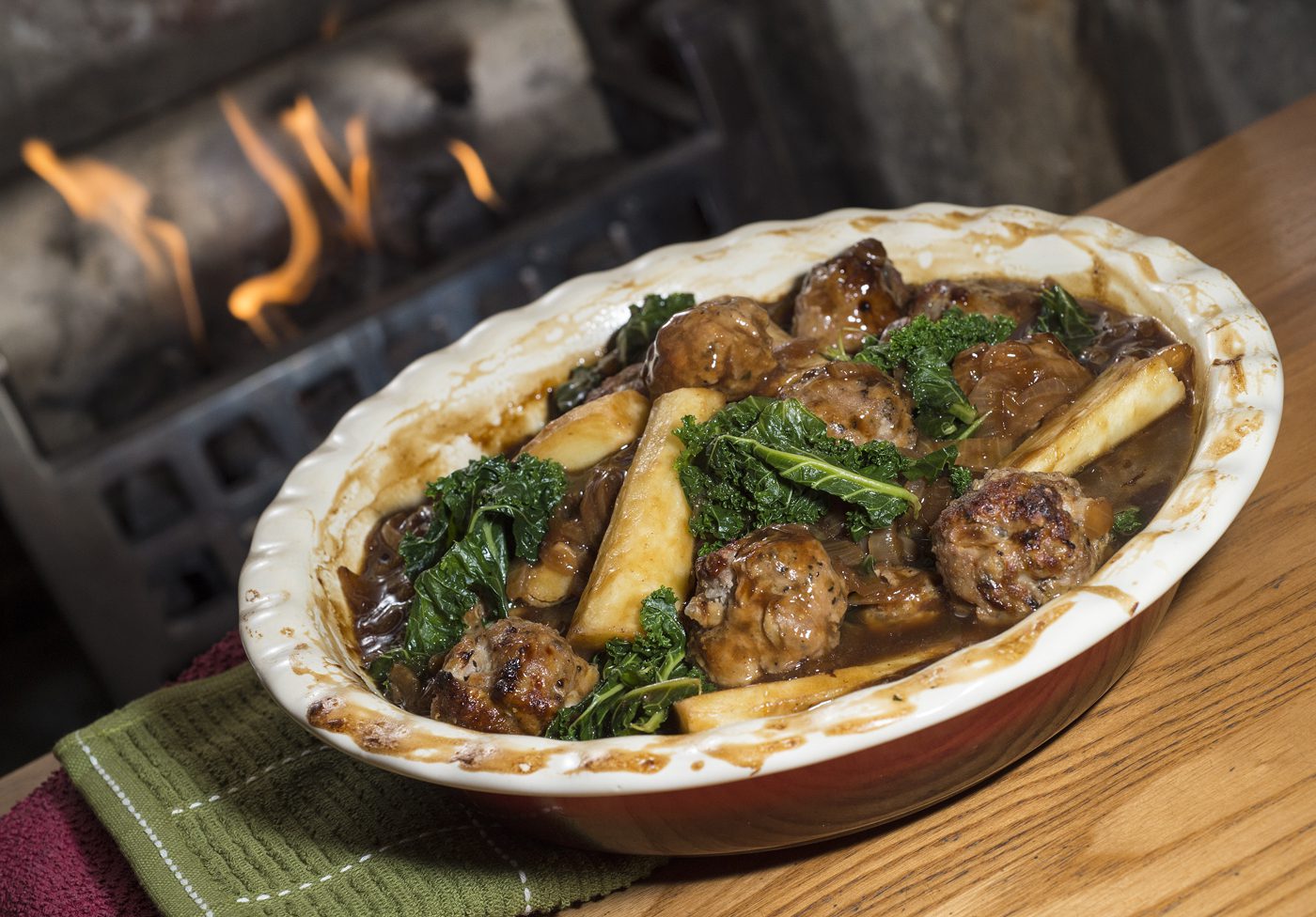
St Andrew’s Day: Everything you need to know

On this day, it is St Andrew’s Day. Scotland honours him as its patron saint. Romania, Greece, Russia, Ukraine, and Poland all have him as a patron saint. Patron saints are selected to serve as particular protectors and guardians for specific objects.
Who was Saint Andrew?
St Andrew is a figure about whom we know very little. He is thought to have been born sometime between the years 5 and 10 AD in a location that is now part of Israel. He went on to become one of Jesus Christ’s 12 disciples, according to Christianity. The disciples were a group of 12 people chosen by Jesus to follow him closely. Simon Peter, Andrew’s brother, was also one of the disciples. They were both fishermen and resided in Galilee. Surprisingly, St Andrew never set foot in Scotland in his entire life!
So why is he the patron saint of Scotland?
This question is unanswered by any clear storey. According to legend, King Angus of Scotland was preparing for a battle against the English in the 9th century. In a dream, St Andrew appeared to King Angus, promising him victory, and on the day of the fight, an X symbol, which was St Andrew’s symbol, appeared in the sky. St Andrew would be made the patron saint of Scotland if they won, and that is exactly what happened. Because the X-shaped cross is St Andrew’s symbol, it appears on the Scottish flag.
Mythology believes that it dates back far further. According to legend, Scottish people are derived from the Scythians, an ancient nation who lived on the Black Sea (what is now Romania and Bulgaria) and were converted to Christianity by St Andrew. In 1320, St Andrew was designated as Scotland’s patron saint.

How do Scottish people celebrate St Andrew’s Day?
People in Scotland may observe St Andrew’s Day in a variety of ways, but this year will be a little different. St Andrew’s societies can be found all throughout the world, each commemorating the anniversary in their respective country.
Typically, a ceilidh – pronounced “kay-lee” – is a type of party where participants conduct Scottish country dancing. Due to the coronavirus epidemic, however, activities in 2020 will be different and much smaller, with most Scots celebrating in their own homes or joining online parties. Traditional foods such as cullen skink (a type of fish soup) and lamb can still be consumed.

In Scotland, St Andrew’s Day is also a public holiday. Some individuals will still go to work because it is not a law that everyone has the day off! Despite the fact that St Andrew’s Day is their patron saint’s day, most Scots choose to celebrate Burns Night (25 January) and Hogmanay (New Year).

